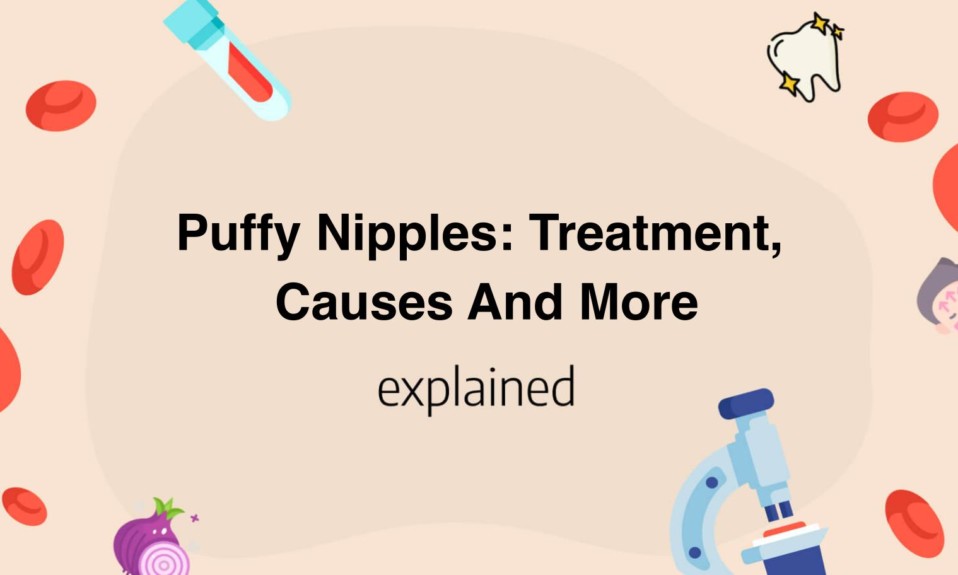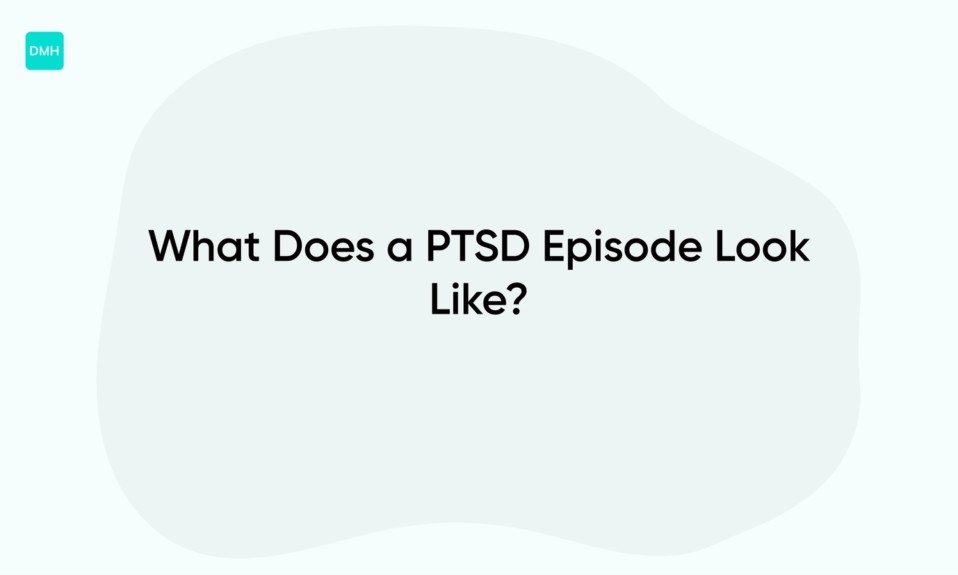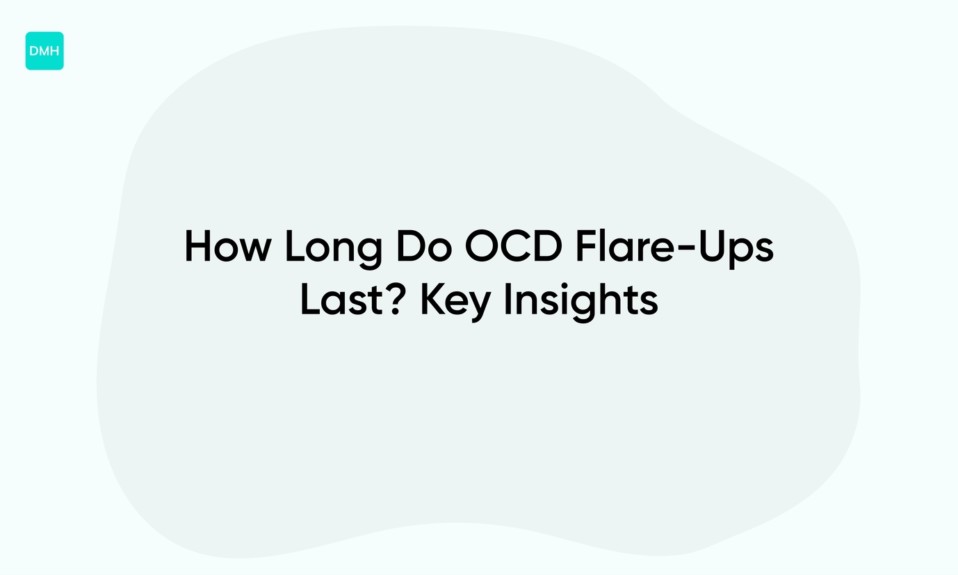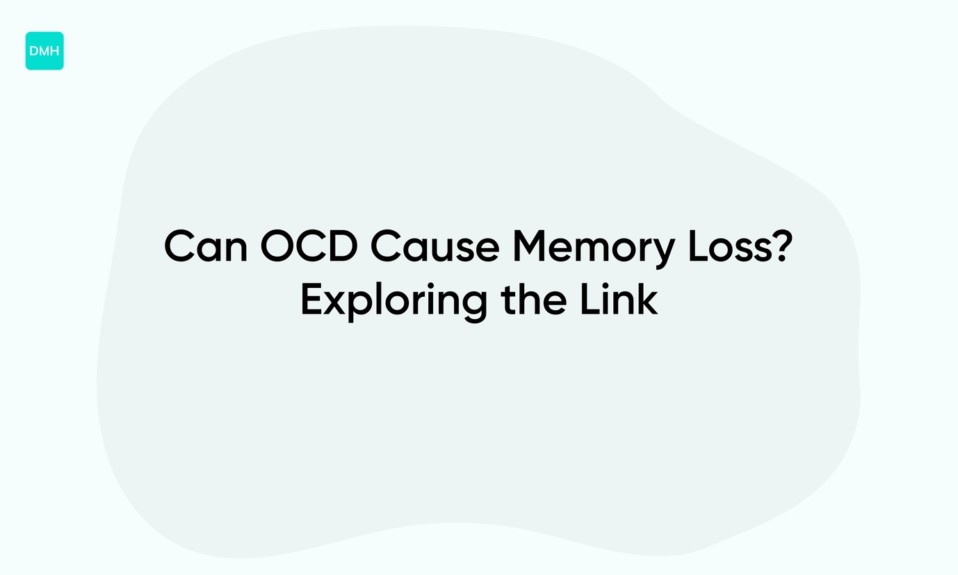If you are one of the many people who suffer from puffy nipples, you are likely looking for treatment options.
Puffy nipples can be caused by a variety of factors, including hormonal imbalances, puberty, and weight gain.
In this article, we will discuss the causes, symptoms, and treatment options for this condition, as well as offer tips for preventing or reducing the appearance of puffy nipples.
Understanding the Causes of Puffy Nipples
Puffy nipples, also known as nipple hypertrophy, are common in both men and women and can be caused by a number of different factors.
One of the most common causes is hormonal changes, particularly during puberty.
During this time, the body undergoes significant hormonal changes which can lead to enlarged breast tissue in both males and females.
This may result in puffy nipples which can be particularly uncomfortable or embarrassing, especially for teenagers.
Another cause of puffy nipples is excess body fat.
As fat accumulates in the chest area, it can push the nipples out, resulting in a puffier appearance.
This is more common in overweight or obese individuals but can occur in anyone who carries excess fat in the chest area.
Other causes of puffy nipples may include certain medications, such as anabolic steroids, which can cause an increase in breast tissue.
In rare cases, puffy nipples may be a sign of an underlying medical condition such as liver or kidney disease or a hormonal imbalance.
While puffy nipples may be uncomfortable or embarrassing, they are not typically harmful and can often be treated through lifestyle changes.
For example, losing weight or increasing muscle mass through exercise can help reduce excess fat in the chest area and improve the appearance of puffy nipples.
In some cases, surgical intervention may be required to remove excess breast tissue and restore a more natural nipple appearance.
Overall, it is important to understand the causes of puffy nipples in order to address the issue effectively.
Whether it is due to hormonal changes or excess body fat, there are a range of treatment options available to help individuals feel more comfortable and confident in their bodies.
Hormonal Imbalance and Puffy Nipples: What You Need to Know
Hormonal imbalances can lead to a wide variety of physical symptoms, including puffy nipples.
Puffy nipples occur when there is too much glandular tissue around the nipple, resulting in a swollen, protruding appearance.
This can be caused by an excess of estrogen in the body, a condition known as estrogen dominance.
Other symptoms of estrogen dominance can include mood swings, irregular periods, and weight gain.
Estrogen dominance can be caused by a variety of factors, including stress, exposure to toxins in the environment, and unhealthy dietary habits.
One way to reduce the risk of hormonal imbalances is to focus on a balanced diet that includes plenty of fruits, vegetables, and lean protein sources.
Some foods that are particularly beneficial for hormone balance include broccoli, leafy greens, and fatty fish such as salmon.
In addition to dietary changes, regular exercise and stress management can also help to regulate hormone levels.
Exercise can help to balance estrogen and progesterone levels, while stress reduction techniques such as meditation and yoga can help to lower cortisol levels, which can contribute to hormonal imbalances.
If you’re experiencing puffy nipples or other symptoms of hormonal imbalance, it’s important to talk to your healthcare provider.
They can help to identify the underlying cause and develop a treatment plan that may include dietary changes, exercise, and hormone therapy if necessary.
Overall, by focusing on a healthy lifestyle that includes a balanced diet, regular exercise, and stress management techniques, you can help to support healthy hormone levels and reduce the risk of puffy nipples and other symptoms of hormonal imbalances.
Natural Remedies to Reduce Puffy Nipples
Reducing puffy nipples is a common concern for many individuals.
Luckily, there are several natural remedies available to help reduce puffiness quickly and effectively.
One natural remedy that can help reduce puffy nipples is applying a cold compress to the affected area.
This is a simple and effective way to reduce inflammation and swelling.
Another potent natural remedy for puffy nipples is using witch hazel.
Witch hazel contains astringent properties that help to tighten and tone the skin, making it a popular remedy for reducing inflammation and swelling in the body.
Applying a few drops of witch hazel onto a cotton ball and gently applying it to the affected area can help bring quick relief.
In addition to witch hazel, massaging the area with essential oils such as lavender, peppermint, and rosemary can help reduce puffiness.
These oils contain anti-inflammatory and analgesic properties that help to reduce swelling and discomfort in the nipple area.
To use essential oils, mix a few drops with a carrier oil such as coconut oil and massage the area gently.
In addition to these natural remedies, there are other lifestyle changes you can make to help reduce puffiness in the nipple area.
One important lifestyle change is proper hydration.
Drinking enough water can help flush out excess fluid and reduce inflammation throughout the body, including in the nipple area.
Additionally, reducing salt intake can help prevent water retention and reduce puffiness.
Overall, reducing puffy nipples can be achieved through a combination of natural remedies and lifestyle changes.
By incorporating these simple strategies into your routine, you can help reduce puffiness and feel more comfortable and confident.
Read also: How To Lower Hematocrit
The Pros and Cons of Surgery for Puffy Nipples
Surgery for puffy nipples is a cosmetic procedure that has its own advantages and disadvantages.
One of the pros of surgery for puffy nipples is the immediate and permanent correction of the problem.
This procedure is especially beneficial for those who have struggled with insecurity and self-esteem issues due to the appearance of their nipples.
After the surgery, patients can confidently wear any clothing without worrying about their nipples protruding.
Another pro is the minimal invasive procedure that can be performed under local anesthesia.
Recovery time is generally quick, with most patients returning to their normal activities within a week.
There are also cons to surgery for puffy nipples.
One of the biggest disadvantages is the potential risk for complications such as bleeding, infection, and scarring.
This can be minimized through careful selection of a qualified surgeon and proper aftercare.
Another con is that it is an elective procedure that is not covered by health insurance.
The cost of breast surgery can be substantial, ranging from $2,000 to $5,000 or more, excluding anesthesia and facility fees.
Patients should be well-informed about the financial obligations before proceeding with the surgery.
While surgery may be a viable option for some patients, there are alternative ways to address puffy nipples.
Non-surgical alternatives like liposuction and CoolSculpting can also reduce the size of the areola.
However, these may not be as effective as surgery for puffy nipples, and results may not be permanent.
Patients can also explore different wardrobe choices, such as padded bras or nipple covers, that can help conceal the appearance of puffy nipples.
In conclusion, surgery for puffy nipples can be a life-changing experience for those struggling with self-esteem issues.
While there are pros to this procedure such as immediate and permanent correction of puffy nipples, there are also cons such as potential risks and the cost of the surgery.
It is always important to weigh the benefits and risks of any cosmetic procedure and to discuss all options with a qualified surgeon before making a decision.
Read also: How High Are Monocytes in Leukemia
The Emotional Toll of Puffy Nipples and Ways to Cope
For many people, puffy nipples can be a source of insecurity, leading to emotional distress and isolation.
The shame and embarrassment that come with puffy nipples can result in feelings of isolation, low self-esteem, and depression.
This emotional toll can be particularly challenging for those in their teenage years, as this is a time when they are already experiencing a range of emotions and trying to fit in with their peers.
Coping with puffy nipples can be a challenge, but there are ways to manage the emotional impact.
One way to cope with the emotional toll of puffy nipples is to accept them as a normal physical feature.
Puffy nipples are a common occurrence in both males and females and are not a sign of a serious medical condition.
By accepting them as a normal part of their body, people can begin to feel more comfortable in their skin and experience less self-consciousness.
Talking to supportive friends, family members, or a healthcare provider can also be helpful.
It’s essential to remember that there are people who care and will be there to support you.
It can be challenging to open up about personal insecurities, but talking about them can help reduce the emotional burden.
Another effective way to manage the emotional toll is by engaging in activities that promote self-care.
This includes physical activities like exercise, yoga, and sport, and techniques like meditation or deep breathing.
Practicing self-care can help alleviate anxiety, promote relaxation, and overall help you feel better overall.
Finally, for those seeking a more permanent solution, surgical procedures such as nipple reduction or liposuction can be options.
Consulting with a medical professional can help explore these options and help you make an informed decision that meets your specific needs.
It’s important to remember that puffy nipples are widespread and do not define a person.
By acknowledging their emotions and taking actions to address them, people can maintain their self-esteem and live happily.
Read also:










